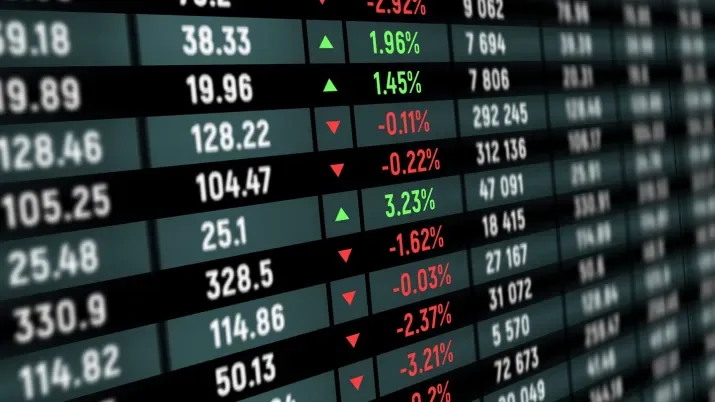What is in the price of AT1s after the sell off?
After the most volatile few days in bank capital that we’ve had since March 2020, yesterday we finally saw a quieter day in terms of price action (at least in bonds as First Citizens’ equity went up by circa 50% after the announcement of their acquisition of SVB in the US). While we do not necessarily think short term volatility is over we do believe that it is worth taking a step back and taking notice of what exactly different asset classes are pricing in after these tumultuous few days, in particular Contingent Convertible (CoCo) bonds, also known as Additional Tier 1s (AT1s).
After SVB’s failure and the Swiss regulator’s decision appearing to not respect the basic hierarchy of creditors vs equity holders (
see Rules of the Game - from Swiss Finish to Finished
) CoCo bonds suffered from the worst contagion we’ve seen since their inception back in 2013. Dispersion has been huge though with Swiss and low reset bonds lagging the recovery from intraday lows last Monday. Compared to the recent peak in early February, CoCo bonds are down anything from 3-4 points (for example HSBC’s 6 call 2023) to 30 points (such as DB’s 4.789 call 2025). A reasonable number of these bonds are trading at levels we saw briefly in March 2020 when fears of a very deep global recession took hold with non-performing loans (NPLs) spiking to GFC levels or higher. Others are trading at levels similar to those we had in late September/early October last year when, in the context of an expectation of a severe energy crunch in Europe, the ramifications of the UK’s mini budget added further pressure on European bank bonds as well as risk assets more generally.
At these levels the CoCo Index (excluding Credit Suisse bonds) trades at a weighted average price of close to 83 cents. Given that these bonds are perpetual with call schedules this translates into a majority of bonds being priced to perpetuity. In other words the yield to worst calculation equates the price of the bond with a perpetual stream of coupons and no principal payment, forever. The resulting weighted average yield to perpetuity at time of writing is close to 9%. Whereas if we price the bonds to their first call the resulting yield is approximately 11.5%. In our view and looking at history, these are recessionary levels and indeed not a shallow one either. Another observation just by looking at past episodes of volatility is that these levels, and in particular the fact that most CoCo bonds are being priced to perpetuity, do not tend to last for too long.
Our conclusion is that with a medium term view and considering the good health of the European banking sector, the scenario discounted in these spread levels at the moment is quite significantly worse than what most forecasts predict. Said forecasts are for a relatively shallow recession (that we think might come sooner than expected if financial conditions tighten severely) with unemployment peaking at relatively low levels and NPL formation and default rates climbing towards long term averages. GDP forecasts do not price in a severe banking crisis and nor should they in our view. Due to the volatility and the regulatory uncertainty caused by the Swiss regulator, CoCo bonds are pricing in a much more severe scenario. At some stage that more severe scenario either happens or not. We tend to think it will not.




